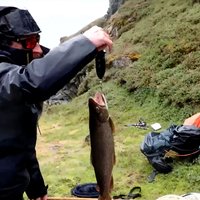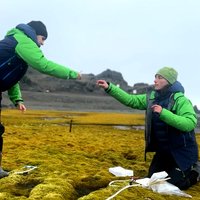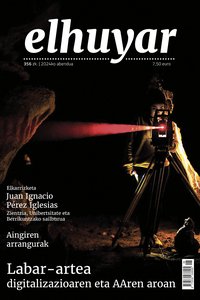Hibernation, something more than sleeping
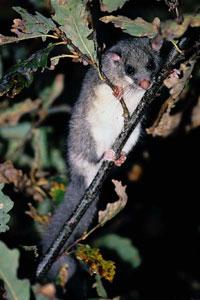
Often, expectations are met or discarded depending on how long you do. Surely that is why we are interested to know what time it will do the next day and, if possible, of the next three or four days. Hibernating animals do not need this forecast, but, however, it has not seemed to them one era or another. Many animals enter hibernation as soon as the temperature cools down, but put in place more complex machinery than expected.
Hibernation is a phenomenon of hot blood animals (homeotermos). Homeoterms, unlike poiquiloterms, despite varying the ambient temperature, maintain the stable temperature of your body. However, it should be noted that hot animals entering hibernation, although it seems contradictory, should intentionally reduce body temperature.
The atmospheric cold, therefore, do not affect them so much, but, however, they also perceive the lowest temperature disorder in the blood. Therefore, the control of the temperature is much more determinant in the animals of hot blood than in those of cold blood. In the case of man, for example, if he drops a few degrees, the brain center stops working and the person dies. In all winters, hypothermia is the cause of death of many humans and animals.
Sleeping is not enough
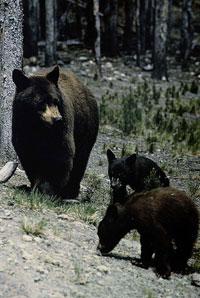
Hibernation is characterized by the slowdown of all activities. Heart rate is limited to a few beats per minute and the organic temperature also decreases dramatically. Therefore, when caressing the hibernated animal, the skin feels cold. In this situation it seems that the animal is dead and, in some cases, there may be sudden movements without awakening.
However, there are animals that wake up easily responding to external changes. Sounds, physical movements and, above all, temperature increases are the main reasons for awakening the animal. Whenever the animal wakes up, the food reserve decreases considerably, so for hibernating animals it is preferable that in winter there are altered temperate days.
It must also be specified that although many animals change the rhythm of their activities when the great cold begin, not all enter hibernation. Normally the hibernating animals are usually small. Proportionally they have more body surface than large animals and less space to keep food. Hibernation is the best way to take advantage of food reserves.
For example, it is put if carnivores like the bear penetrate the hibernation or only remain in lethargy. In fact, the animal that spends the winter in the hibernation must make other basic changes, such as the preparation of a fat tank and the start-up of a mechanism to avoid freezing of fluids.
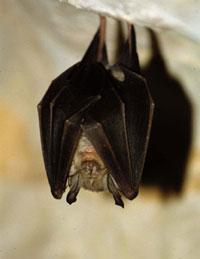
And to enter hibernation does not mean that it is safe from the cold animal. The animal that hyberns without protective zones has a high risk of freezing if the temperature cools too much. For this not to happen, many animals hide under the protection of strong tops, and ready!, Let the corners be wounded!
But not all animals are conformed to such a simple system and some prefer to play with the freezing point of liquids. As with the addition of salt, the water is not frozen at zero degrees, the animals also manage to reduce the freezing point of the fluids thanks to special substances. Thus, although the temperature drops below zero, the formation of crystals in the tissues is avoided. These crystals could damage the fragile cell membrane.
On the other hand, all hibernating animals have a lot of brown fat in body reserves. In the case of the stone squirrel, Citellus lateralis is 5% of body fat. Approximately 57% of this fat accumulates around the shoulder, 14% in the neck and the rest of the aortic arch. When awakening the animal, brown fat provides the necessary energy and, due to its location, quickly heats the blood of the large blood vessels. This mode of operation can be compared with an electric blanket.
At the orders of the hypothalamus
The physiology of the hibernation is still little known, but it can be said almost certainly that the basic control of the process is in the hypothalamus, center of most automatic activities.
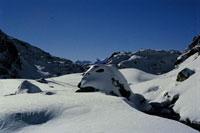
In addition, many hypothalamus nerve cells produce hormones, so it can also be said to be the brain center of the body's hormonal system. A change in the production of hormones during hibernation has also been observed, which is another reason to highlight the importance of the hypothalamus for hibernation. In addition, research has shown that the hypothalamus lesion eliminates the animal's ability to hibernate.
Finally, the researchers realize that it also has to do with the awakening of the hypoalamos. After sleeping throughout the winter and having the lowest possible rhythm all the activity, when waking up the animal is spent neutral fat and increases the intestinal protein catabolism. It is logical to think that the hypothalamus stimulates the awakening based on the information received externally, especially the increase in temperature.
Still the winter has a few months before and those who do not hibernate have no choice but to endure the cold. Hibernators only have to sleep well. Until spring!
Plant Strategies Vegetable Strategies
The plants, unlike animals, face the cold without any kind of protection. C. C. The Scandinavian botanist Raunkiaer investigated the strategies of the plants in front of the winter and divided them into five sections. By simplification it can be said that the strategies can be classified according to the height of the position of the twin of the plant.
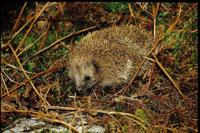
Leaf plants located more than 50 cm from the soil lose their leaves and prevent the loss of large amounts of water. In this way they reduce the activity. Of course, do not forget to protect the autumn gem.
The plants up to 50 cm in height do not lose leaves and overcome the winter thanks to their aridity. Large concentrations of mineral salts are used to combat ice. In addition, since nature does not do things on average, these plants usually have darker colored leaves, to improve the heat of the solar rays.
The low-rise plants form two plantations. The goal of everyone is to hide as much as possible, but some get it better than others. These plants store the energy in the roots and some manage to protect the gem underground.
Finally, there are plants that die cold. These plants die in winter, but for the species to continue, they release a seed that will bloom in spring.
Published in the supplement Natura de Gara.
Buletina
Bidali zure helbide elektronikoa eta jaso asteroko buletina zure sarrera-ontzian




